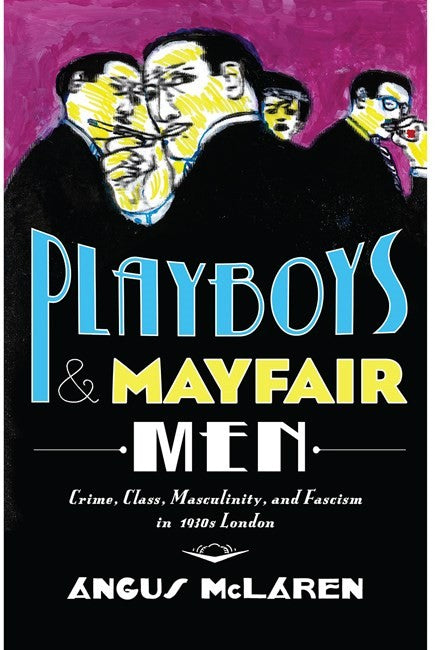In December 1937, four respectable young men in their twenties, all products of elite English public schools, conspired to lure to the luxurious Hyde Park Hotel a representative of Cartier, the renowned jewelry firm. There, the "Mayfair men" brutally bludgeoned diamond salesman Etienne Bellenger and made off with eight rings that today would be worth approximately half a million pounds. Such well-connected young people were not supposed to appear in the prisoner's dock at the Old Bailey. Not surprisingly, the popular newspapers had a field day responding to the public's insatiable appetite for news about the upper-crust rowdies and their unsavory pasts.
In Playboys and Mayfair Men, Angus McLaren recounts the violent robbery and sensational trial that followed. He uses the case as a hook to draw the reader into a revelatory exploration of key interwar social issues from masculinity and cultural decadence to broader anxieties about moral decay. In his gripping depiction of Mayfair's celebrity high life, McLaren describes the crime in detail, as well as the police investigation, the suspects, their trial, and the aftermath of their convictions.
He also
examines the origins and cultural meanings of the playboythe male 1930s equivalent of the 1920s flapper; includes in his cast of characters such well-known figures as Noël Coward, Evelyn Waugh, the Churchills, Robert Graves, Oswald Mosley, and Edward VIII; and convincingly links disparate issues such as divorce reform, corporal punishment, effeminacy, and fascism.
The trial is fascinating, not simply because of its four young louts but because it revealed for the first time in the media troubling aspects of British society which had escaped serious scrutiny. An original and exciting cultural history of 1930s Britain, this innovative book and the exploits of its dissolute playboys will appeal to true-crime readers and historians alike.

